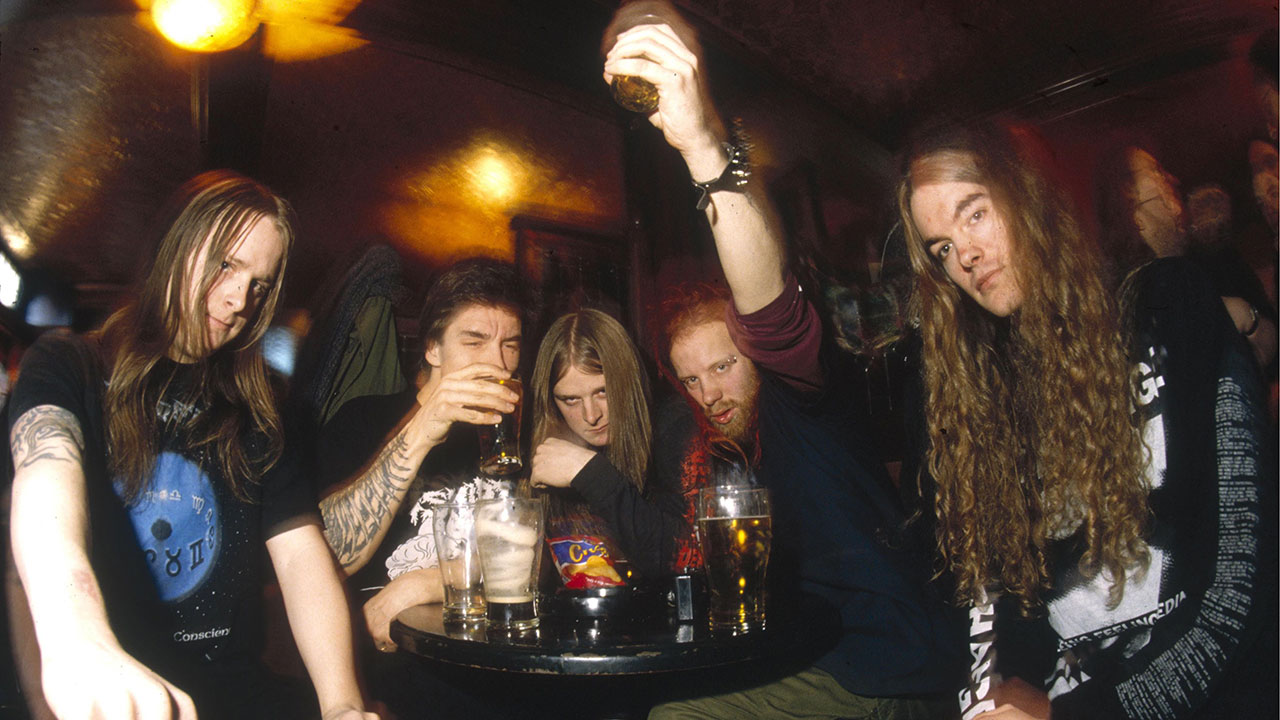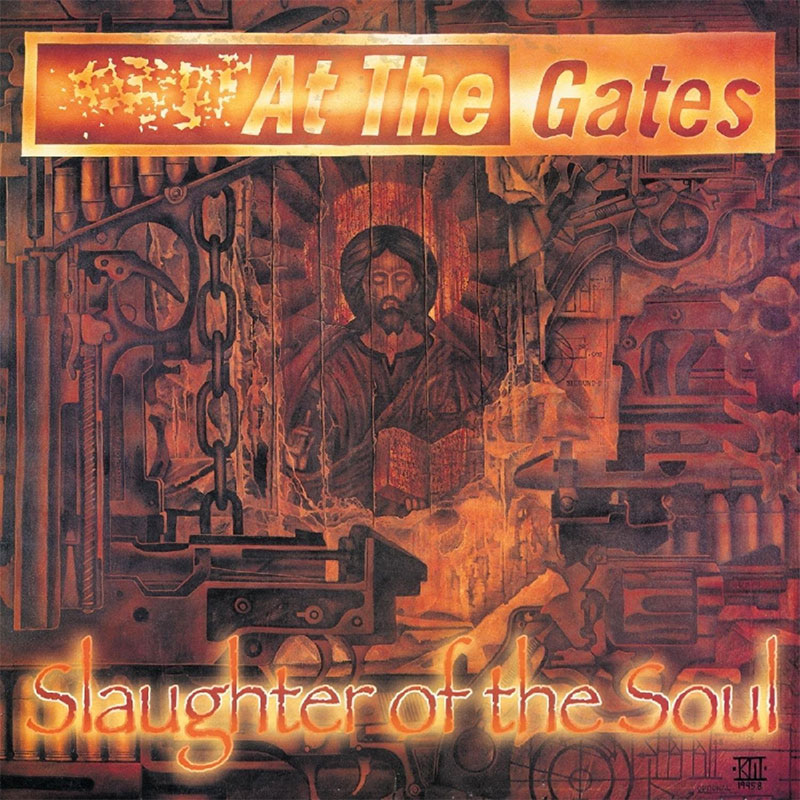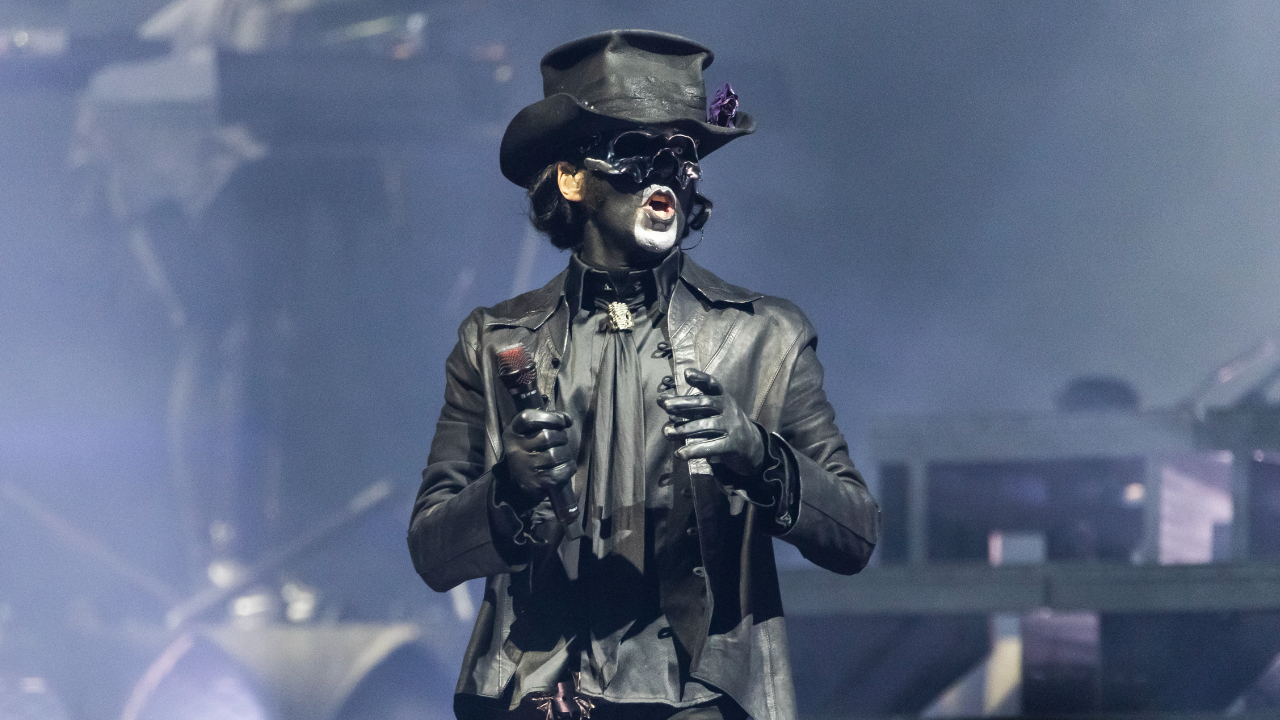The Story Behind The Song: At The Gates’ Blinded By Fear
At The Gates frontman Tomas Lindberg on the song that inspired a generation of melodeath bands

Flash back to 1995. Thrash metal was dead, death metal had reached its peak and grunge ruled the airwaves. The extreme end of metal was screaming for innovation and At The Gates were about to change the landscape of heavy music forever. Setting a whole new precedent for infusing melody with extremity, the release of Slaughter Of The Soul on November 14 of that year cemented the Swedes’ place at the top of the food chain, and the rest, as they say, is history.
Slaughter Of The Soul’s impact is gargantuan but at its core there is one track that glistens with unprecedented quality: Blinded By Fear. Regarded to this day as one of the most seminal and influential melodeath songs ever written, the song hurtled At The Gates into the stratosphere, and as vocalist Tomas Lindberg reflects 23 years after it first pounded eardrums, he admits he had no idea just how big an impact it would have.
“We tried to write the best goddamn song we ever could. This was the first time we sat down and tried to craft the blueprint for what we believed to be our future; we didn’t have any clue what was going to happen after that, we just wanted to do something new. Melodic death metal didn’t exist when we wrote it, we were just a death metal band and we wanted to incorporate more classic songwriting into our sound without losing the formula of being a death metal band.”
For all of its impact on the development of melodic death metal, Tomas is incredibly modest as he thinks back to the track’s inception. With the reception to 1994’s Terminal Spirit Disease not going as they had hoped, Tomas knew At The Gates had to bring their A-game for what came next. With a charged and focused mentality and a subsequent gruelling recording process, they crafted what would become their magnum opus.
“We pushed ourselves to the max! I remember Fredrik [Nordström, producer] telling Adrian [Erlandsson, drums] he wanted to see his hand that was holding the snare, the stick that was going to hit the snare, that it should be up to his shoulder on every stroke.” It was a performance that resulted in a nosebleed and physical exhaustion after hammering away at over 80 takes.
Through the churning and ominous sounds of a machine gearing into life before roaring into an onslaught of riffing, Blinded By Fear’s opening is infamous. This opening, the essence of the track, is the fusion of the old and new.
“Blinded By Fear was actually written last for that record,” Tomas reveals. “It became that big opening song because we felt we didn’t have one. All the classic records that we liked, they all had that classic opener. They introduced the record, they lured everyone in.” Of that unique, mechanised intro, he adds: “The early 90s had industrial metal. It was that kind of time. We wanted the record to sound mechanical because it is so tight and precise so we figured some sort of intro like that would really work.”
Sign up below to get the latest from Metal Hammer, plus exclusive special offers, direct to your inbox!

While the music displayed with Blinded By Fear set the wheels in motion for what would become the linchpin of melodic death metal, dig beneath the surface and you’ll find lyrical exploration that was as cutting edge as the music itself, drawing on themes of paranoia and fear of a world quickly going to shit.
“At the time I was 22 and trying to figure out the world and being really frustrated,” Tomas muses. “There was a lot of social commentary but from a personal perspective, the world is fucked up.”
Over two decades on, Blinded By Fear still arguably stands as At The Gates’ finest moment, the catalyst that cemented their legacy. Still very much a staple in their live arsenal, Tomas concludes, that even after all these years, the song is still essential.
“When we put together the set and we think of the build-up and the flow, Blinded By Fear is an essential part of it. It has all the elements of an At The Gates song. It’s not just in the set because we have to play it because it’s ‘the hit song’. It’s in the set because it still has a purpose.”
